
There’s no question that the craft brew industry has crossed over from fringe to mainstream. The numbers say it all: craft beer sales and the number of independently owned breweries entering the market have steadily grown over the last 10 years. According to The Brewers Association, the number of active craft breweries in the U.S. increased from 9,119 in June 2022 to 9,336 in June 2023, with the total number of independent craft breweries rising from 9,242 to 9,456.
However, there are signs that some of this growth in craft beer demand is starting to plateau. This is common as an industry develops and matures. Smart brewers can prepare for this trend by switching up their beverage line. A strategic beverage diversification plan will help you ride these current trends and continue to grow.
Setting the trends with a new generation
It might help to back up a bit and review the evolution of the craft brew industry. A few generations of steadfast beer drinkers, such as Baby Boomers, GenX, and, to some degree, Millennials, have fueled craft brew growth for years. However, as they age, many of these generations are moving on to spirits, wine, and other categories of non-alcoholic beverages. In other words, your most reliable beer drinkers are evolving their preferences to match their budget, lifestyle, and health.
In their place, the next generation of beverage consumers is altogether different. Gen Z hasn’t built any loyalty to one brand or style of beer–or alcoholic beverage, for that matter. Gen Z drinkers are finding new and crossover categories of beverages to satisfy their tastes.
Breweries must adapt and provide customers with variety in order to capitalize on opportunities to thrive. With craft brewing, staying ahead of trends is key instead of chasing them. That has never been more true than with GenZ, who consider themselves powerful taste-makers.
Embracing cross-beverage opportunities
You can differentiate and compete by diversifying your line of craft beverages or, as I like to describe it, embracing cross-beverage opportunities. This can be a complex initiative from a licensing perspective, depending on where you do business. However, when properly executed, many small craft brewers have continued to meet their growth goals by adding new beverage lines or phasing out old ones.
Diversification in the beverage industry isn’t a new concept. Just look at Coca-Cola and its ever-widening line of beverages. It’s becoming more and more noticeable in the craft beer sector, with the lines between beverage sections blurring.
Adding new market segments such as cold brew, kombucha, wine, seltzer, and spirits can positively augment your business. A recent large-scale example is Boston Beer Co. The beer manufacturer has been diversifying into hard seltzer and spirits, as demonstrated by its 2019 merger with Dogfish Head (the Delaware brewery has a distillery) and a partnership with Beam Suntory to develop new Ready-to-Drink (RTD) cocktails and spirits, a segment projected to grow substantially.
Here are five key reasons craft brewers should consider a beverage diversification strategy:
Appealing to greater market demand: As mentioned, consumer preferences are often fickle, especially when targeting younger beer drinkers. Their tastes change quickly and often. The good news is, this presents you with creative new ways to capture new audiences. Diversifying your product line enables you to adapt to evolving tastes and trends. Whether it’s expanding your variety of beer styles, flavors, and experiences or diving into the spirits, coffee, or wine sectors, you can attract a broader range of customers and stay relevant in the competitive craft beer market.
Mitigating revenue stream loss: Relying solely on one or a few flagship products can be risky to your brewery’s bottom line. Diversification ensures that if tastes change, you have a source of revenue coming in. If a brewer’s primary product loses popularity or faces production issues, it can significantly impact the business. Diversification helps mitigate this risk.
Increasing customer loyalty: By offering a variety of products, craft brewers can build stronger relationships with customers. A diverse product range encourages repeat business, as customers are more likely to return to try new offerings. And as I noted above, consumers talk. So if you have a loyal customer, they are sure to tell their friends and family who might also turn into loyal customers.
Creating a competitive advantage: Diversifying can set a brewer apart from competitors who limit their
selections. Unique and innovative brews can attract attention and draw customers seeking
novel experiences. Beer releases are a great platform to make a new impression on existing
customers as well as new customers.
Ensuring revenue growth: Ultimately, offering a wider range of products can lead to increased sales and revenue, which is essential for the sustainability and growth of any business. With a saturated market, the need to stand out and appeal to a wide variety of customers is key to keeping steady revenue. When executed well, new products and new markets translate into new revenue streams.
Building your beverage expansion
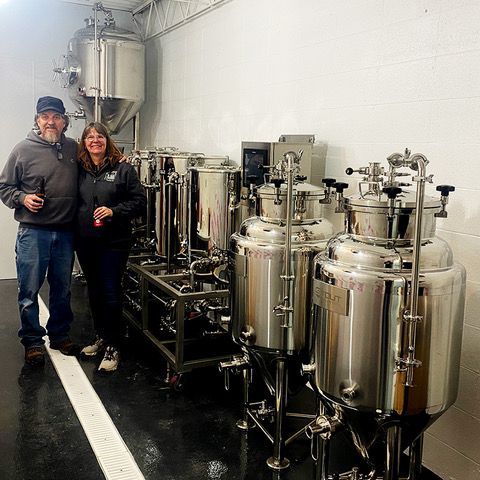
Durdy Laundry Brewhouse
Adding a new beverage line to your existing production facility doesn’t have to be expensive. For cost-conscious brewers, consider repurposing your current equipment and making strategic additions to what you already have.
The additional equipment you need to invest in depends on what types of beverages you want to produce (e.g., ready-to-drink cocktails, seltzers, coffee, or wine) and how much you need to scale your current operation.
Here are some recommendations for equipment you might need to get your expansion started:
Packaging equipment: Depending on the beverage, you may need to add bottling, canning, or kegging equipment to package your new drink.
Various consumables: To brew a variety of beer styles, you may need specialty or unique types of grains (e.g., barley, wheat, rye from a particular region, or malting method) and hops (e.g southern hemisphere, seasonal wet hops, or hard to source experimental offerings).
Specialty ingredients: If you plan to brew specialty or experimental beverages, you may need additional ingredients like fruit purees, spices, herbs, or oak barrels for aging.
Yeast strains: You may need a selection of yeast strains, including ale, lager, and specialty strains.
Fermentation vessels: To brew different styles of beer simultaneously, you’ll need more fermentation vessels. Consider fermenters of various sizes to accommodate different batch sizes.
Temperature control: Depending on your brewing style, you might need additional temperature control equipment, such as fermentation chamber space or glycol cooling systems.
Quality control tools: To ensure consistency and quality across your beer styles, consider investing in laboratory equipment or utilizing a lab for testing.
I also recommend conducting a thorough business and financial analysis before you start expanding your craft beer line. For example, you will need to calculate the costs of acquiring new equipment, ingredients, and possibly even more personnel to operate the expanded lines. You’ll need to compare these costs to your expected revenue from the diversified beer line.
Keep in mind that the specific equipment and resources you need will vary based on your
business’s unique goals and circumstances, so it’s advisable to consult with industry experts or
experienced brewers for personalized guidance.
Don Marcil is a brewery systems consultant at Stout Tanks, a Lotus Beverage Alliance company. Don left his life as a graphic artist to pursue his dream of brewing beer. He enrolled in the American Brewers Guild in 2009, during which he did a five-week apprenticeship in Portland, Oregon, at Hopworks Urban Brewery, where he worked through 2018 as an active Production Brewer, Safety Manager, and Head of Cellar Operations. At Stout Tanks, Don helps brewers of all sizes acquire the equipment and engineering to take their beverage production to the next level.

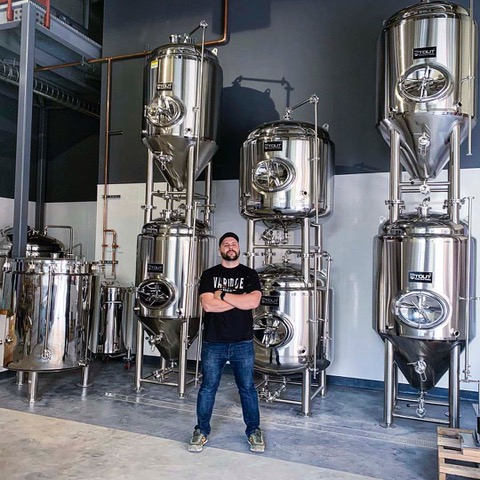

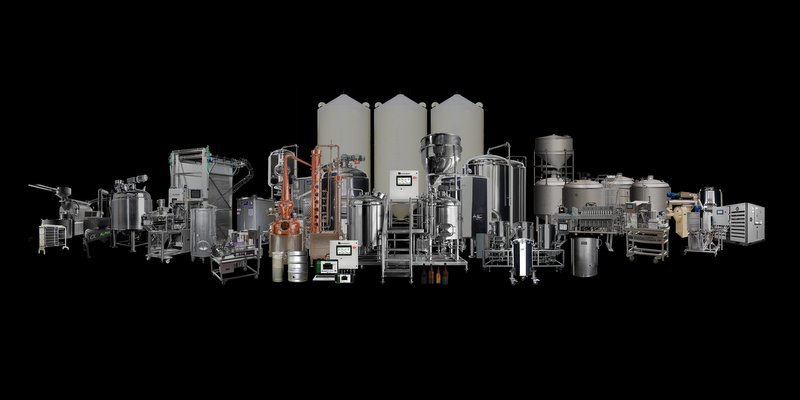
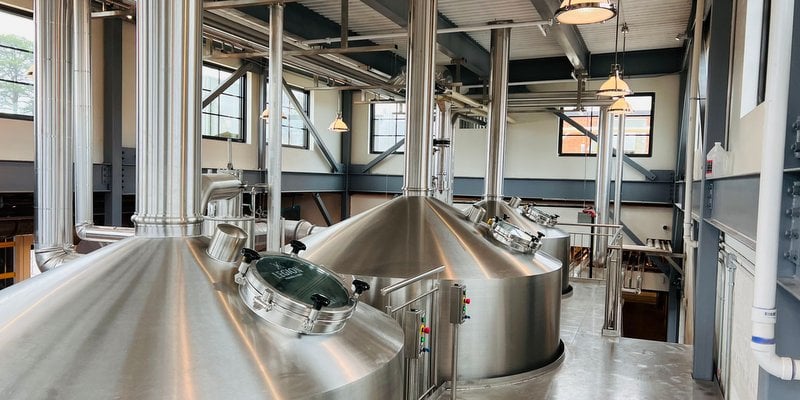
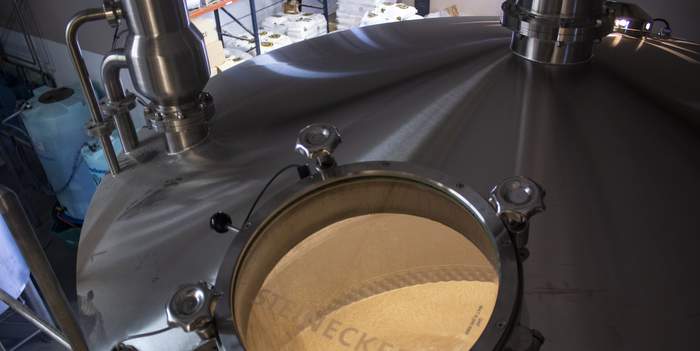
Leave a Reply
You must be logged in to post a comment.